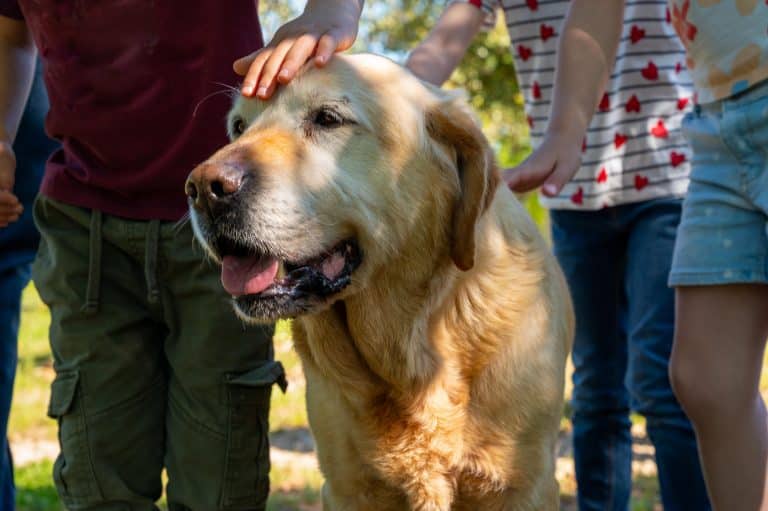Pets enrich our lives by sharing our homes and hearts, yet they can be vulnerable to hidden dangers within our own living spaces. One such insidious threat is mould exposure, which can pose significant health risks not only to humans but also to our pets. While some moulds are benign, others can produce harmful toxins capable of making pets seriously ill.
Experts from tester.co.uk have compiled crucial advice on identifying mould in your home, recognising the symptoms of mould exposure in pets, and implementing measures to safeguard your furry friends.
Detecting Mould in the Home
Mould can be a stealthy adversary, often taking root in damp, hidden corners. Despite its elusive nature, there are telltale signs that can help you detect its presence and protect your pets.
Visible Mould Growth: The most obvious sign is visible mould, which can manifest in various forms and colours. It often appears as fuzzy patches on walls, ceilings, floors, furniture, or even your pet’s belongings. Mould is typically black, green, brown, or white, and usually has a fuzzy or uneven texture.
Musty Odours: A persistent damp, earthy smell in your home, especially in areas with poor ventilation, is likely a sign of mould growth. Mould spores release volatile organic compounds (VOCs), causing this characteristic musty odour. While the smell itself is not harmful, it indicates the presence of mould, which could impact your pet’s health.
Water Damage: Mould thrives in damp environments, so signs of water damage are a red flag. Leaks from pipes, windows, or roofs, and condensation buildup in areas like bathrooms and kitchens, are indicators of potential mould presence. Warped or discoloured drywall, peeling wallpaper, or visible water stains should be inspected as even minor water damage can create an ideal breeding ground for mould.
Symptoms of Mould Exposure in Pets
While some moulds pose minimal threat to humans, pets can be significantly more sensitive. The most dangerous household mould, black mould, can cause severe health issues, including flu-like symptoms, respiratory problems, and neurological damage. Here are some symptoms indicating your pet might be exposed to mould:
Respiratory Issues: Persistent coughing, frequent sneezing, wheezing, or laboured breathing are signs your pet may struggle with mould exposure. If you observe any of these symptoms, seek veterinary attention immediately.
Skin Irritation: Mould exposure can cause skin irritation in pets. Excessive scratching, licking, or biting can lead to redness, inflammation, and hair loss, particularly around the face, paws, and belly.
Lethargy and Neurological Problems: Mould toxins can cause digestive issues such as vomiting, diarrhoea, and loss of appetite. In severe cases of prolonged exposure, pets may experience seizures, tremors, or difficulty walking. These serious symptoms require immediate veterinary intervention.
Early detection and treatment are crucial. If you notice any of these symptoms in your pet, especially if you suspect mould in your home, consult your veterinarian without delay.
Prevent and Protect
If you suspect mould growth in your home, immediate precautions are necessary to protect your pets:
Isolate the Threat: Block off areas with visible or suspected mould growth. Temporarily relocating your pet to a mould-free environment while addressing the issue can prevent further exposure.
Establish a Clean and Safe Environment: Create a mould-free haven for your pet by maintaining a rigorous cleaning routine for their beds, toys, and bowls. Store pet food in airtight containers to prevent moisture and mould growth. Additionally, control humidity and ensure good ventilation in your home, particularly in damp areas like bathrooms and kitchens, to significantly reduce the risk of mould exposure.
Barry Atkins, CEO of tester.co.uk, emphasised the importance of vigilance: “The impact mould exposure can have on pets can be devastating and early detection is crucial. If you notice any signs of respiratory issues, skin irritation, digestive problems, or lethargy in your pet, consult your vet immediately. Early diagnosis and treatment can prevent serious health complications.”
He added, “Professional intervention is also vital. Certified mould removal companies have the expertise and equipment to safely remove mould and prevent its return, protecting your pet’s health in the long run.”
By remaining alert to the signs of mould and taking proactive steps, pet owners can ensure a safe and healthy environment for their beloved companions.
For more information, visit tester.co.uk.

